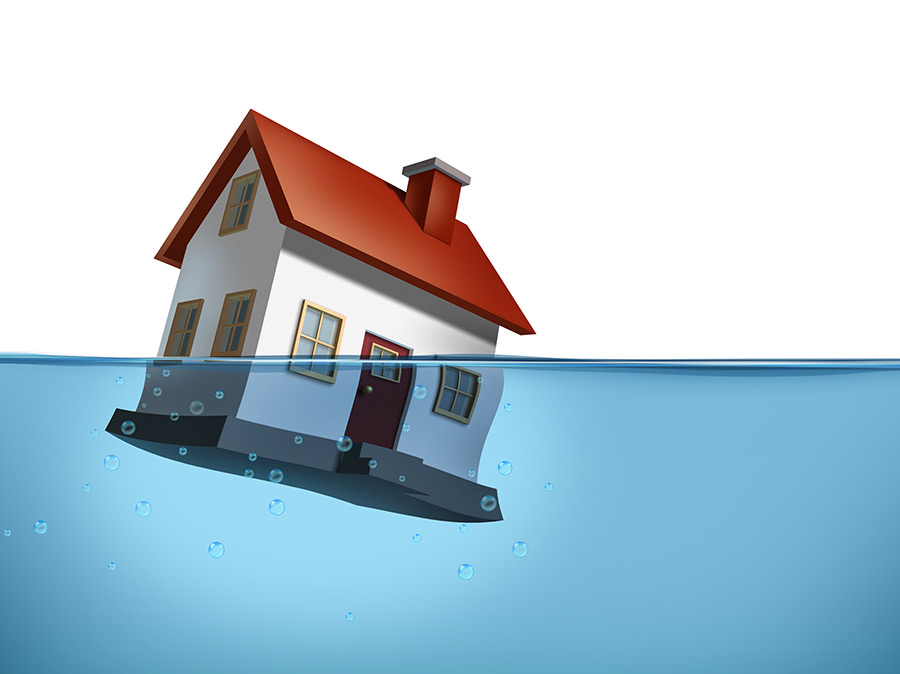Exploring Why Leak Problems Are So Widespread in Your House
Exploring Why Leak Problems Are So Widespread in Your House
Blog Article
Each person is bound to have his or her own way of thinking in relation to How to Find Water Leaks.

Leakages not only trigger waste of water however can also trigger unneeded damage to your residence as well as promote undesirable natural growth. Water leaks may go unnoticed given that most of the pipework in our residence is hidden. By looking and recognizing for everyday situations that create leakages, you can shield your house from future leakages and unneeded damages. Today, we will certainly look at six leak creates that might be triggering your pipes to drip.
Trespassing roots
Most water leaks begin outside your house rather than inside it. If you notice an unexpected reduction in water stress, claim in your tap, take time to go out as well as examine your backyard. You may observe damp patches or sinkholes in your backyard, which could mean that tree roots are invading water lines creating water to permeate out. You can have your plumber look for intrusion, particularly if you have trees or bushes near your home.
Corroded water systems
As time passes by, your plumbing system ages and deterioration such as corrosion may start gnawing the pipelines. This might be the cause of discoloration or warping on your water pipes. This asks for an assessment with your plumber quickly. Consider changing the pipes since they are at a greater risk of corrosion than the more recent designs if our plumbing system is old.
Faulty Pipe Joints
Pipeline joints can degrade over time, resulting in water leaks. If you have noisy pipes that make ticking or banging noises, especially when the hot water is turned on, your pipeline joints are probably under a great deal of pressure.
Instant temperature level changes.
Extreme temperature modifications in our pipes can create them to broaden and also get unexpectedly. This expansion and also tightening may cause cracks in the pipes, especially if the temperature are below freezing. If you kept an eye on exactly how your plumbing works, it would be best. The visibility of the previously pointed out conditions regularly shows a high risk.
Poor Water Connectors
Sometimes, a leak can be triggered by loose hose pipes as well as pipelines that provide your devices. Generally, shifting is what causes the loosened water Links. You may find when it comes to a cleaning device, a hose might spring a leak due to drinking during the spin cycle. In case of a water connections leakage, you may see water running directly from the supply line or pools around your home appliances.
Clogged Drains
Obstructed drains might be frustrating and also inconveniencing, however they can occasionally end up triggering an overflow bring about break pipelines. Keep removing any type of products that might drop your drains pipes that can obstruct them to stay clear of such aggravations.
All the above are causes of leakages but not all water leakages arise from plumbing leakages; some leaks might come from roof leaks. All leakages ought to be repaired promptly to prevent water damages.
Leakages not just trigger waste of water however can also trigger unnecessary damage to your residence and also advertise undesirable organic development. By comprehending and looking for daily scenarios that create leaks, you can shield your home from future leaks as well as unneeded damage. Today, we will look at six leak creates that might be causing your pipelines to trickle.
At times, a leak can be caused by loose pipes and pipes that provide your devices. In case of a water connections leakage, you might see water running directly from the supply line or puddles around your home appliances.
How To Check For Water Leak In Your Home
How To Check for Leaks
The average household's leaks can account for nearly 10,000 gallons of water wasted every year and ten percent of homes have leaks that waste 90 gallons or more per day. Common types of leaks found in the home are worn toilet flappers, dripping faucets, and other leaking valves. These types of leaks are often easy to fix, requiring only a few tools and hardware that can pay for themselves in water savings. Fixing easily corrected household water leaks can save homeowners about 10 percent on their water bills.
To check for leaks in your home, you first need to determine whether you're wasting water and then identify the source of the leak. Here are some tips for finding leaks:
Take a look at your water usage during a colder month, such as January or February. If a family of four exceeds 12,000 gallons per month, there are serious leaks.
Check your water meter before and after a two-hour period when no water is being used. If the meter changes at all, you probably have a leak.
Identify toilet leaks by placing a drop of food coloring in the toilet tank. If any color shows up in the bowl after 10 minutes, you have a leak. (Be sure to flush immediately after the experiment to avoid staining the tank.)
Examine faucet gaskets and pipe fittings for any water on the outside of the pipe to check for surface leaks.
Undetected water leaks can happen without the home or business owner even realizing. If you suspect a water leak, but not able to find the source. It is time to contact a professional water leak detection service, The Leak Doctor.
How To Find a Water Leak In Your Home
https://www.leakdoctor.com/blog/How-To-Check-For-Water-Leak-In-Your-Home_AE197.html

Hopefully you enjoyed reading our section on Most Common Causes of Leaky Pipes. Thanks a lot for taking time to browse our content. Are you aware of another individual who is inquisitive about the subject? Take a moment to promote it. Thanks for your time spent reading it.
Plumbing emergencies? Our experts await. Report this page